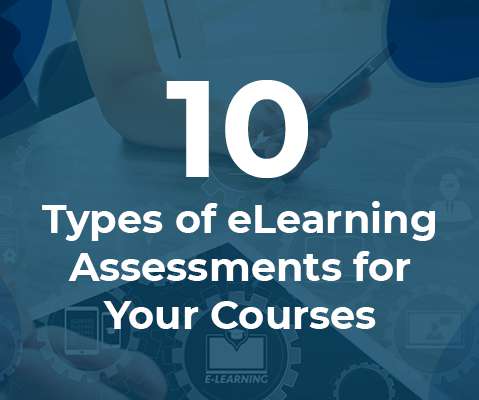Peeragogy: Self Organized Peer Learning in Networks
Beth's Blog: How Nonprofits Can Use Social Media
JANUARY 26, 2012
Peeragogy comes from Howard Rheingold via his Social Media Classroom and he explains it here: When I participated in the Change: Education, Learning, and Technology MOOC , I grew even more interested in the intersection of digital media/networks with self-directed learners and collaborative learning methods. It resonated.










Let's personalize your content